The Essential Role of Good Locations in Filmmaking Industry
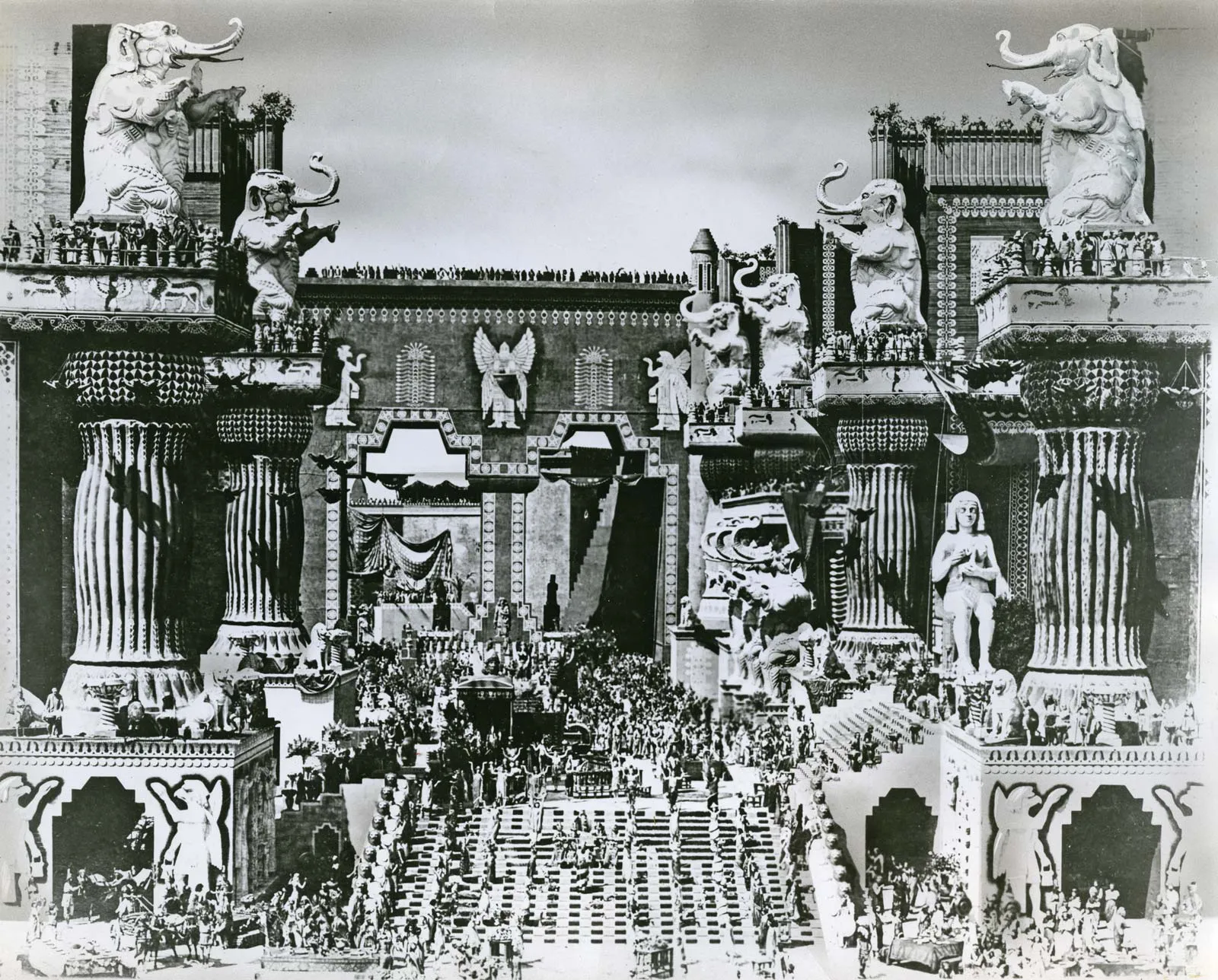
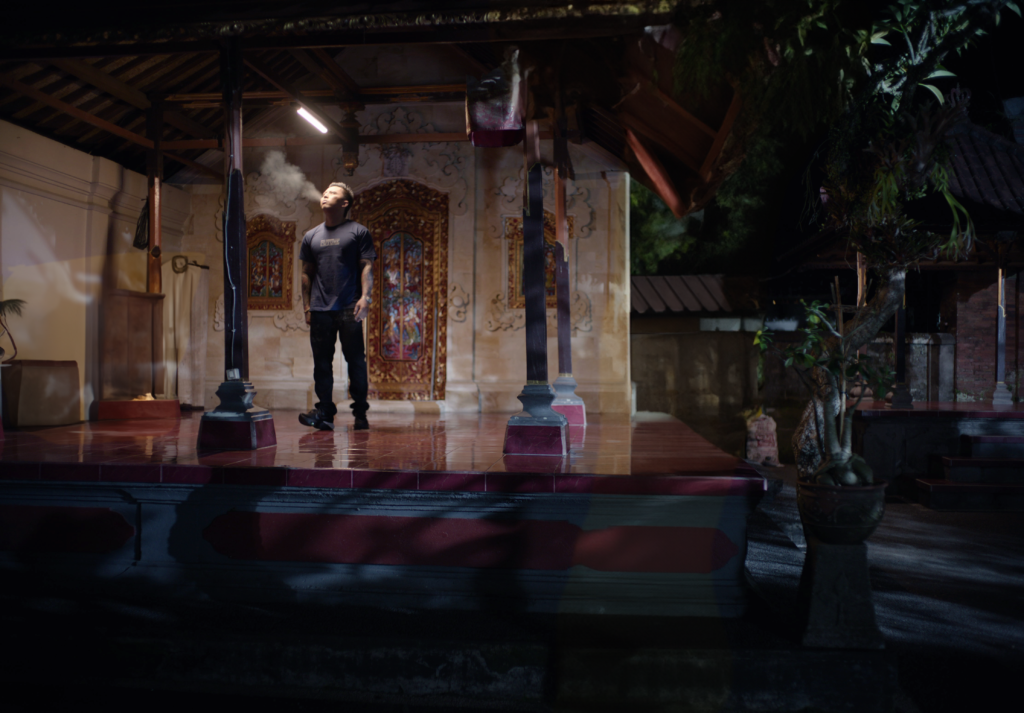
Baga is one of the main characters in Viking Sunset Studios’ upcoming feature film, “The Black Dragon.” Viking Sunset Studios
Have you ever watched a movie and thought to yourself, “Wow, the scenery is amazing!”? Or have you ever noticed how a particular location can create a certain mood or atmosphere in a film? If so, then you know how important location is in film production. The history of location scouting dates back to the early days of filmmaking, and today, it remains a crucial aspect of creating captivating cinematic experiences.
A Journey Through the History of Location Scouting
Early Days of Filmmaking
In the early 1900s, filmmakers would often travel to exotic locations to shoot their films. For example, D.W. Griffith’s classic film “Intolerance” (1916) was filmed in Babylon, Egypt, and Jerusalem. Those awe-inspiring settings added depth and grandeur to the storytelling.
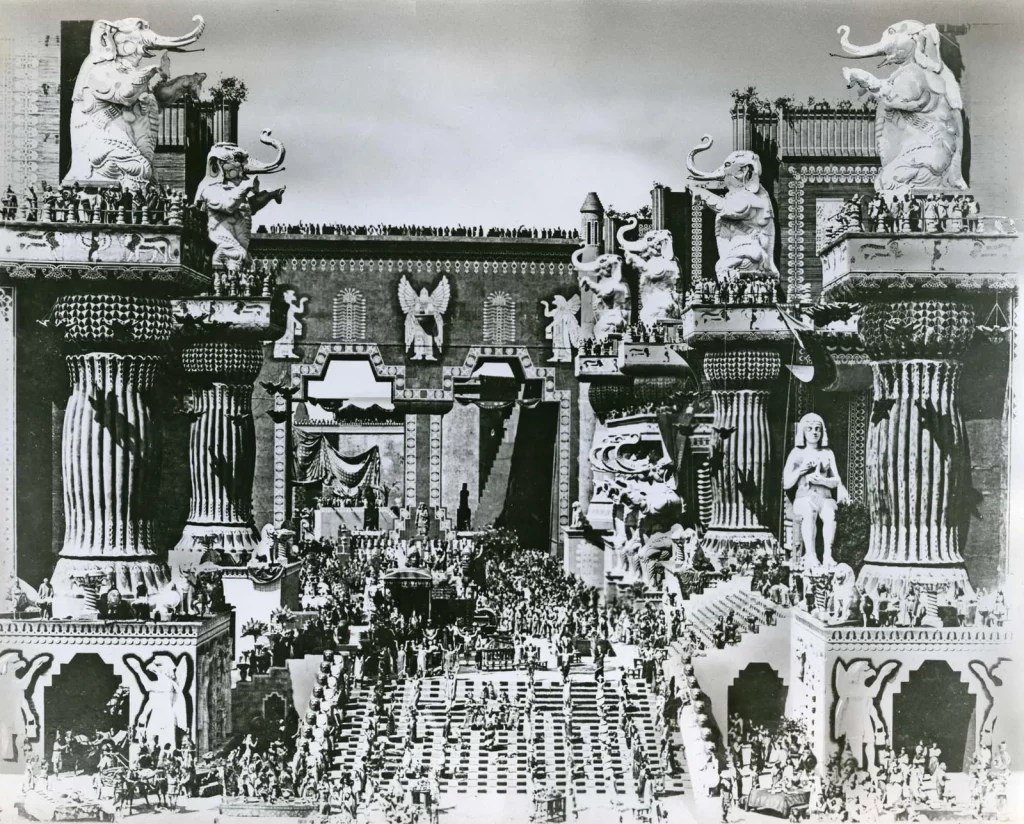
Intolerance Film 1916. Courtesy Everett Collection
Studio Sets vs. On-Location Shooting
In the 1930s and 1940s, Hollywood filmmakers began using studio sets more frequently. However, location scouting remained important for films that required realistic or exotic settings. For example, the film “Casablanca” (1942) was filmed on location in Morocco. The choice between studio sets and on-location shooting has always been a pivotal decision for filmmakers.
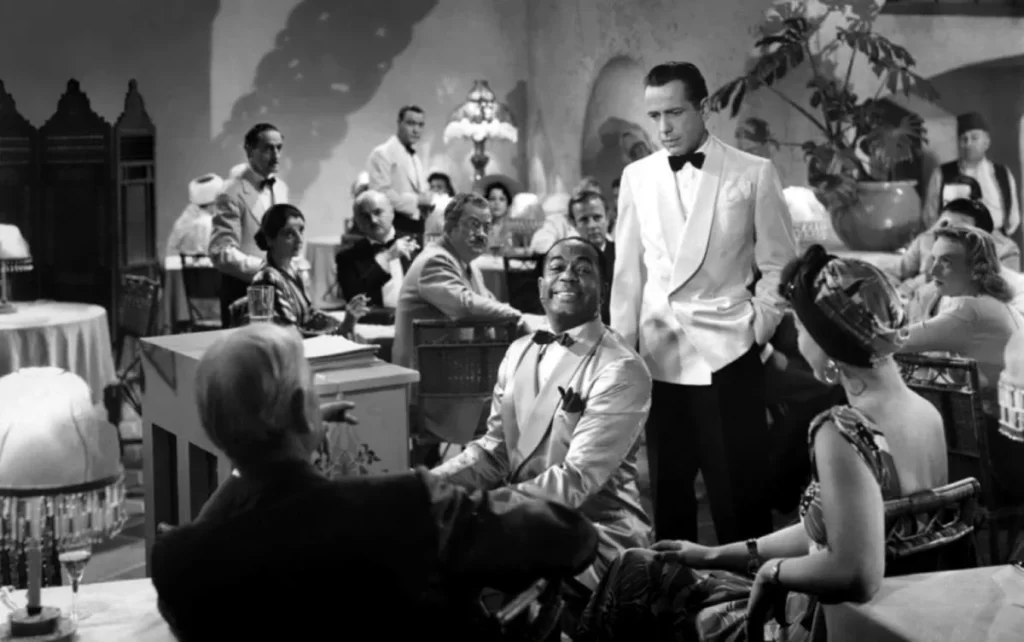
Texan Dooley Wilson is best known for his role as Rick’s friend and piano player Sam in the classic movie “Casablanca”.
The Renewed Interest in On-Location Shooting
The 1960s and 1970s saw a renewed interest in on-location shooting, driven by the rise of the French New Wave, which emphasized realism and authenticity in filmmaking. For example, the film “The 400 Blows” (1959) was filmed on location in Paris. Authenticity and real-world settings became key elements of storytelling.
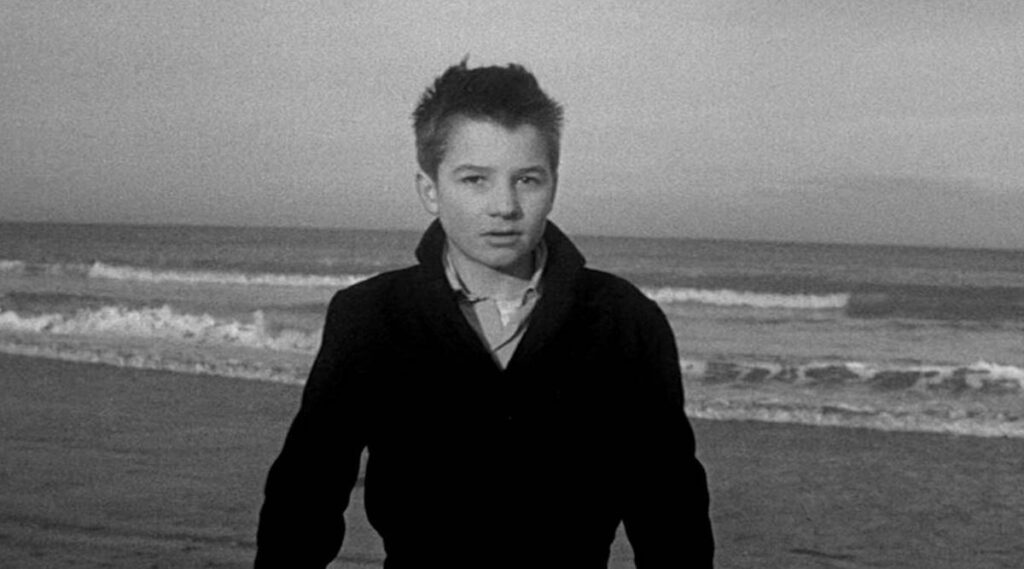
Location Scouting Today
Today, location scouting remains an essential part of filmmaking. Filmmakers use locations to create visually stunning films, to make the production process more efficient, and to attract investors and distributors. Let’s delve deeper into why location matters in contemporary film production.
The Role of Location in Film Production
Types of Locations
There are two main types of locations used in film production: studio sets and on-location shooting. Studio sets provide control over lighting and sound but can be expensive. On-location shooting offers authenticity but presents its own set of challenges.
Choosing the Right Location
Selecting the perfect location is a multifaceted task. Filmmakers consider factors such as visuals, logistics, and cost. The location should be visually appealing and suitable for the story and characters. It needs to be accessible and accommodate the cast and crew. The cost of filming on location varies based on location and time.
Benefits of Using a Good Location
A well-chosen location offers numerous advantages, including:
Creating a Visually Stunning Film
A beautiful location can transform a film into a visual masterpiece. The scenery can become an integral part of the storytelling, enhancing the viewer’s experience.
Making the Production Process More Efficient
Convenient locations reduce time and money spent on transportation and accommodation. This efficiency benefits both the production team and the film’s budget.
Attracting Investors and Distributors
An exceptional location can make a film more marketable, increasing its appeal to investors and distributors. It sets the stage for the film’s success beyond its artistic merits.
In conclusion, location is an essential element of film production. A well-chosen location can create a visually stunning film, make the production process more efficient, and attract investors and distributors. So, next time you’re watching a movie, pay attention to the location. You may be surprised at how much it contributes to the overall cinematic experience.
For more insights into the world of film production and location scouting, stay tuned to our blog. We’ll continue to explore the fascinating and often overlooked aspects of the film industry.

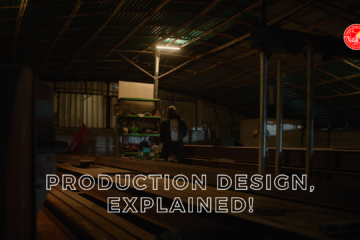


0 Comments